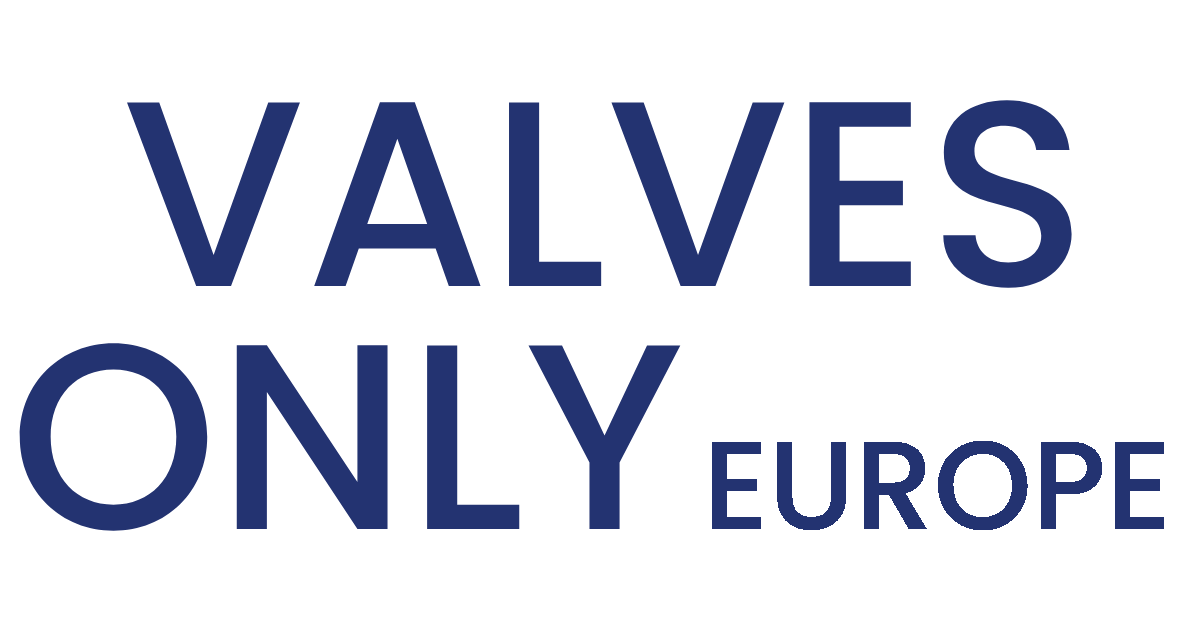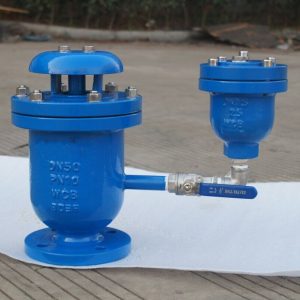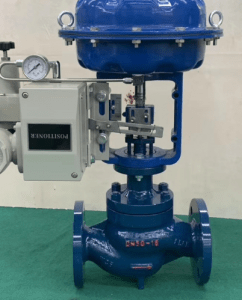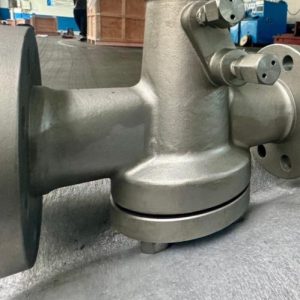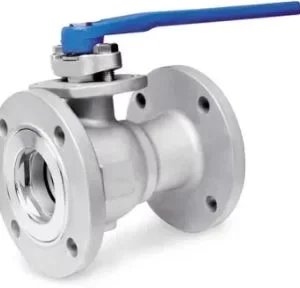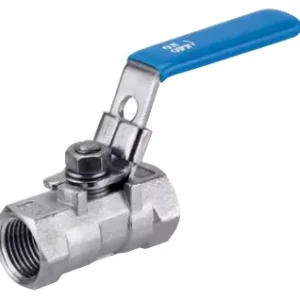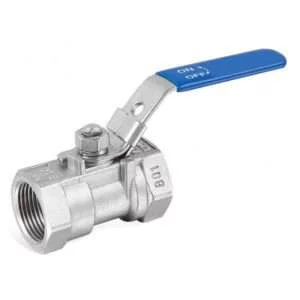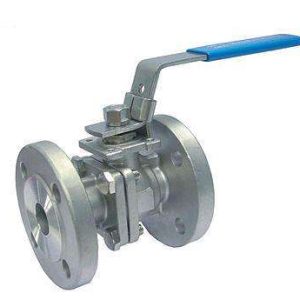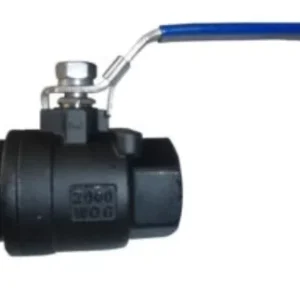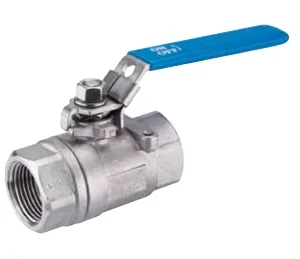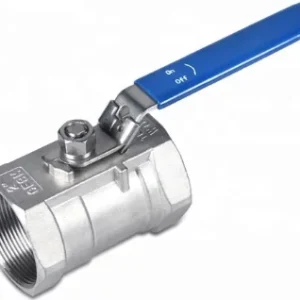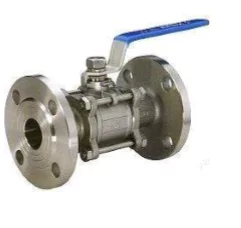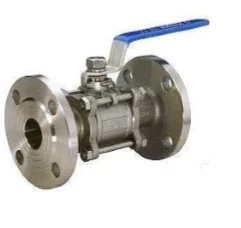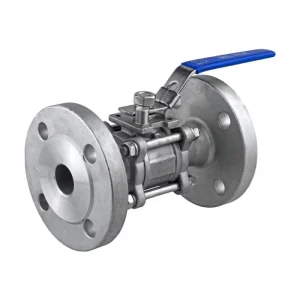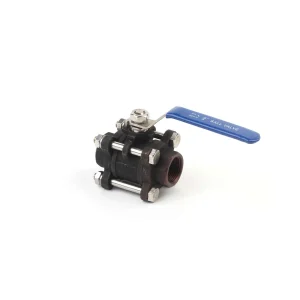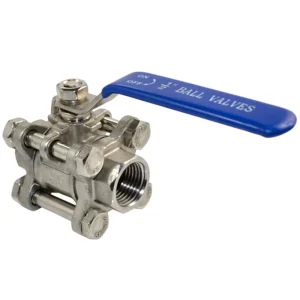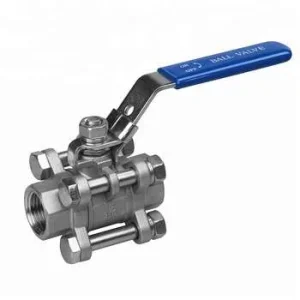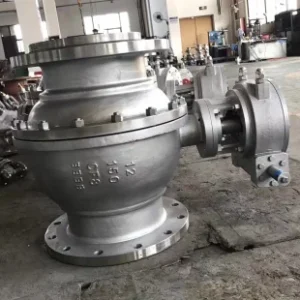Our Shop
Contact us for all your questions and requirements
Ball valve manufacturers in Germany
Valvesonly Europe boasts superior Ball valve manufacturers in Germany offering high-performance industrial valves. Ball valves are essential fittings for accurate flow control, offering reliable shut-off in either direction with low pressure drop.
A ball with a drilled hole (a port) that is turned to control flow is utilized in ball valves, a type of quarter-turn valve. Gases or fluids are allowed to pass through when the hole is parallel to the direction of flow. The flow is completely interrupted if the ball is turned 90 degrees. The handle serves as a visible indicator of the state of the valve in both cases. The valve is open when the handle is aligned with it. Conversely, the valve remains closed when the handle is at a right angle.
Why Required?
Ball valves find extensive application as they can achieve fast shut-off and precise flow control. Industrial systems require ball valves for the following reasons:
Consistent Sealing: Ball valves ensure a secure seal that avoids leakage.
Rapid Action: The quarter-turn operation ensures fast opening and closing.
Withstand High Pressure and Temperature: Ball valves can sustain harsh conditions.
Minimum Pressure Drop: Full-bore design minimizes pressure loss in the system.
Versatility: Accommodates diverse applications, such as corrosive and abrasive fluids.
Difference Between Ball and Check Valves:
Ball valves and check valves are used for various purposes in a pipeline system. Ball valves are used to open, close, and control the flow of fluids with the assistance of a rotating ball. They are recognized to seal well and endure high pressure and temperature conditions. Check valves are used to avoid backflow by allowing fluid flow in one direction. Since ball valves are manually or automatically operated, check valves are automatically operated under pressure difference. This renders ball valves more suitable for flow control and check valves as a condition of backflow prevention.
Valve of the Ball:
The ball in a ball valve is the central element which regulates fluid flow. It has a hole down its centre, which aligns with the pipe when the valve is open to allow fluid through. When turned 90 degrees, the hole is at a right angle to the flow, blocking the fluid.
Working:
A ball valve is actuated by a quarter-turn. When the handle or actuator turns the ball 90 degrees, the hole within the ball aligns with or obstructs the flow path. This effective and simple mechanism enables fast and consistent flow control. Full-bore ball valves have minimal resistance, providing maximum flow capacity, while reduced-bore ball valves have more accurate flow regulation.
Advantages:
Compact and effortless to maintain design.
No grease or oil is needed.
Ball valves are cost-effective in comparison to other valves.
They function without leakage.
They open and close rapidly.
Have a dynamic multi-way design.
Disadvantages:
The long-run throttling benefit of ball valves is not illustrated.
Sediment applications may result in scraped areas, spills, or valve disappointments as a result of suspended particulates settling and being trapped in bodily cavities.
Types of ball valves:
Double block and bleed ball valve
Forged steel ball valve
Floating ball valve
Fully welded ball valve
Top entry ball valve
Trunnion ball valve
Jacketed ball valve
Components of Ball Valves:
Body: The outer casing of the valve, housing the internal components and providing structural integrity.
Ball: The central component of the valve, responsible for controlling the flow by rotating within the valve body.
Seats: Soft or hard seals located within the valve body, providing a tight seal against the ball to prevent leakage.
Stem: Connects the valve handle or actuator to the ball, transmitting rotational motion to control the flow.
Seals and Bearings: Ensures smooth operation and prevents leakage between the ball and valve body.
End Connections: Allow the valve to be connected to the pipeline, with options including threaded, flanged, or welded connections.
Industries:
Oil and gas Industry
Chemical Industry
Manufacturing Industry
Plumbing Industry
Industrial Cooling Industry
Description:
Available materials: Cast iron, WCB, WCC, WC6, LCC, LCB, Titanium, SS304, SS316, CF8, CF8M, F55, F51, F53, Monel, Ductile Iron.
PN- PN10 to PN450
Class: 150-2500
Size: 1/2”- 48”.
Operations: Lever operated ball valve, electric actuated ball valve, pneumatic actuated ball valve, gear operated ball valve
Being one of the top-most Ball valve manufacturers in Germany, Valvesonly Europe provides a comprehensive line of high-performance ball valves specifically engineered to withstand the most demanding industry requirements. Our ball valves are produced in different sizes, materials, and pressure classes for different purposes. Our ball valves are built to be durable, accurate, and efficient, with assured shut-off and flow regulation. Our valves are exhaustively tested to ensure international standards of safety and performance. A full-bore or reduced-bore valve, whichever you need, Valvesonly Europe offers the optimum answer to your industrial need.
Showing 1–16 of 24 results
